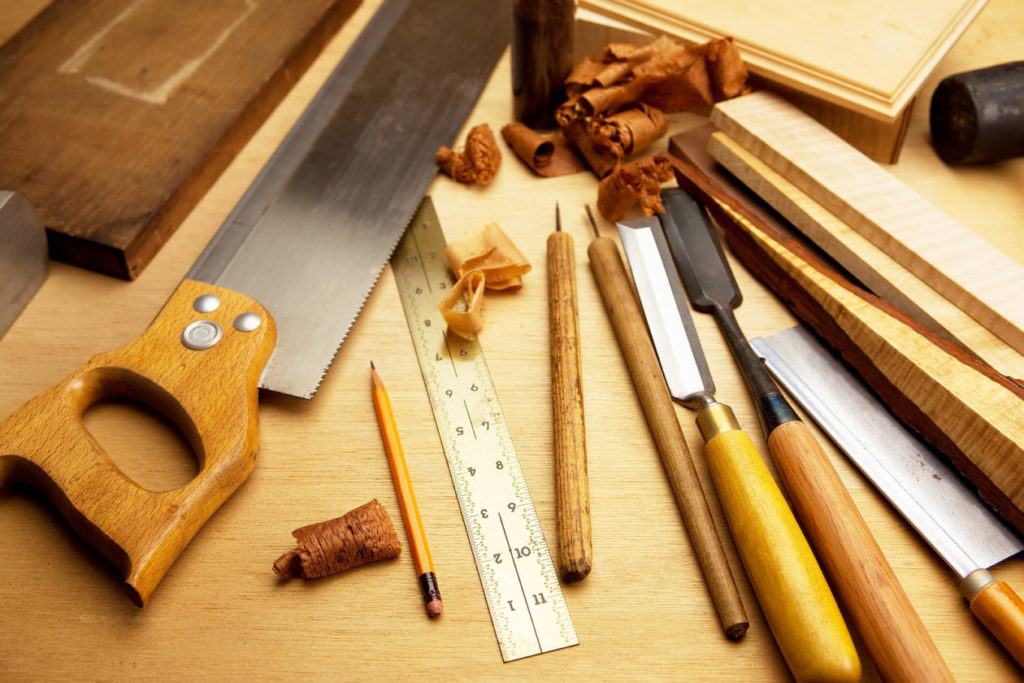The course is aimed at pupils who have an interest in practical work. The course will enhance the skills of pupils who are considering a career in the Construction Industry. It will also give pupils an opportunity to experience the enjoyment of making things with their own hands.
National 4
The course consists of three Mandatory Units and an Added Value Unit:

- Practical Woodworking: Flat-frame Construction – This Unit helps pupils develop skills in the use of woodworking tools and in the preparation and production of basic flat-frame woodworking joints and assemblies. Pupils will learn to read and follow simple woodworking drawings or diagrams.
- Practical Woodworking: Flat-frame Construction – This Unit helps pupils develop skills in the preparation and production of basic woodworking joints and assemblies suitable for use in carcase construction. This may include working with manufactured board or with frames and panels. The Unit includes the use of simple working drawings or diagrams.
- Practical Woodworking: Carcase Construction – This Unit helps pupils develop skills in using common machine and power tools. It also helps pupils develop skills in a variety of simple woodworking surface preparations and finishing techniques.
- Added Value Unit: Making a Finished Product from Wood – This Unit requires pupils to draw on and extend their range of practical woodworking experiences and skills in order to produce an effective overall response to the task. The practical activity will be sufficiently open and flexible to allow for personalisation and choice.
To achieve the National 4 Practical Woodworking Course, pupils must pass all of the required Units, including the Added Value Unit.
National 5
The course consists of practical project work covering three main areas of woodworking, and a Practical Activity Assessment Task.
- Practical Woodworking: Flat-frame Construction – This area of work develops pupils skills in the use of woodworking tools and in making woodworking joints and assemblies commonly used in flat-frame joinery. Tasks will involve some complex features. Pupils will also be able to read and use drawings and diagrams depicting both familiar and unfamiliar woodwork tasks.
- Practical Woodworking: Carcase Construction – This area of work helps pupils develop skills in making woodworking joints and assemblies commonly used in carcase construction. Tasks will involve some complex features and may include working with manufactured board or with frames and panels. Tasks include the use of working drawings or diagrams, that require some interpretation on the part of the pupil.
- Practical Woodworking: Machining and Finishing – This area of work helps pupils develop skills in using common machine and power tools, and also helps pupils develop skills in a variety of woodworking surface preparations and finishing techniques.
To achieve National 5, pupils must complete a question paper and a practical activity.

